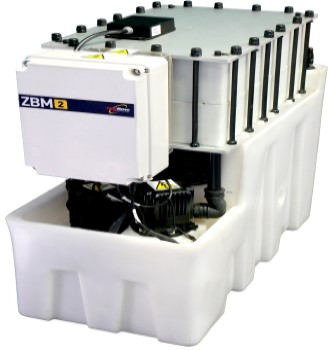Energy storage
Energy can be stored in many forms, for example, as chemical, thermal or potential energy, for use at a later time. Energy storage can be combined with intermittent renewable generation like wind and solar to deliver continuous power. 
Common types of storage include:
Batteries use chemicals to absorb and release energy on demand. Lithium-ion is the most common battery chemistry used to store electricity. The cost of batteries is relatively high, despite steep cost reductions in recent years. The introduction of new chemistries, new manufacturing techniques and simplified pack designs will keep prices falling.
Thermal storage involves storing thermal energy for use in the future, such as storing chilled water in a tank for future cooling requirements.
Pumped hydro uses water reservoirs as a way of storing energy. Excess energy can be used during low demand periods to pump water from a lower dam to a higher one. The stored energy can be released by returning the water through a hydroelectric turbine into the lower reservoir. It is a relatively cheap form of storage but is not viable in some areas due to the topographic requirement.